When a fashion brand rises to ‘influencer’ status on social media, you know they’re doing something right. When their products stay stylishly relevant and highly wearable year after year, they’re doing everything right.
Spanish brand babaà launched only 12 years ago as a family-run company that designs and produces 100% natural knitwear for children and adults using only the choicest materials, working with the highest qualified artisans, and abiding by the most conscientious production practices. In that short time, babaà has gained a cult following of fashionistas – from effortlessly chic momfluencers to fashion writers at The Cut – who love the brand for its flattering, timeless wardrobe essentials that also happen to be cosy, long-lasting and heirloom-worthy.
We reached out to babaà founder and designer Marta Bahillo to learn more about her brand’s radically transparent production process, the inspiration behind her designs and her hopes for the future, as well as tips on how to keep your quality knits looking fresh for, well, ever.
“I want everyone to feel the honesty and to be certain that we care as much as they care.” – Marta Bahillo
The seed of Marta’s design dream was first planted at home. Growing up, one of her grandmothers grew flax for linen to create household textiles, while her other grandmother and mother were exceptional knitters. Her knack for textiles was a given, she says: “I’m passionate about knitwear and was always interested in how a simple yarn could directly create a whole garment, now even possible without any seams.”
After studying fashion design in Dublin and creating knitwear for a large company in Buenos Aires, Marta ultimately returned to Spain to major in textile and surface design, before founding babaà right in her hometown of Madrid.
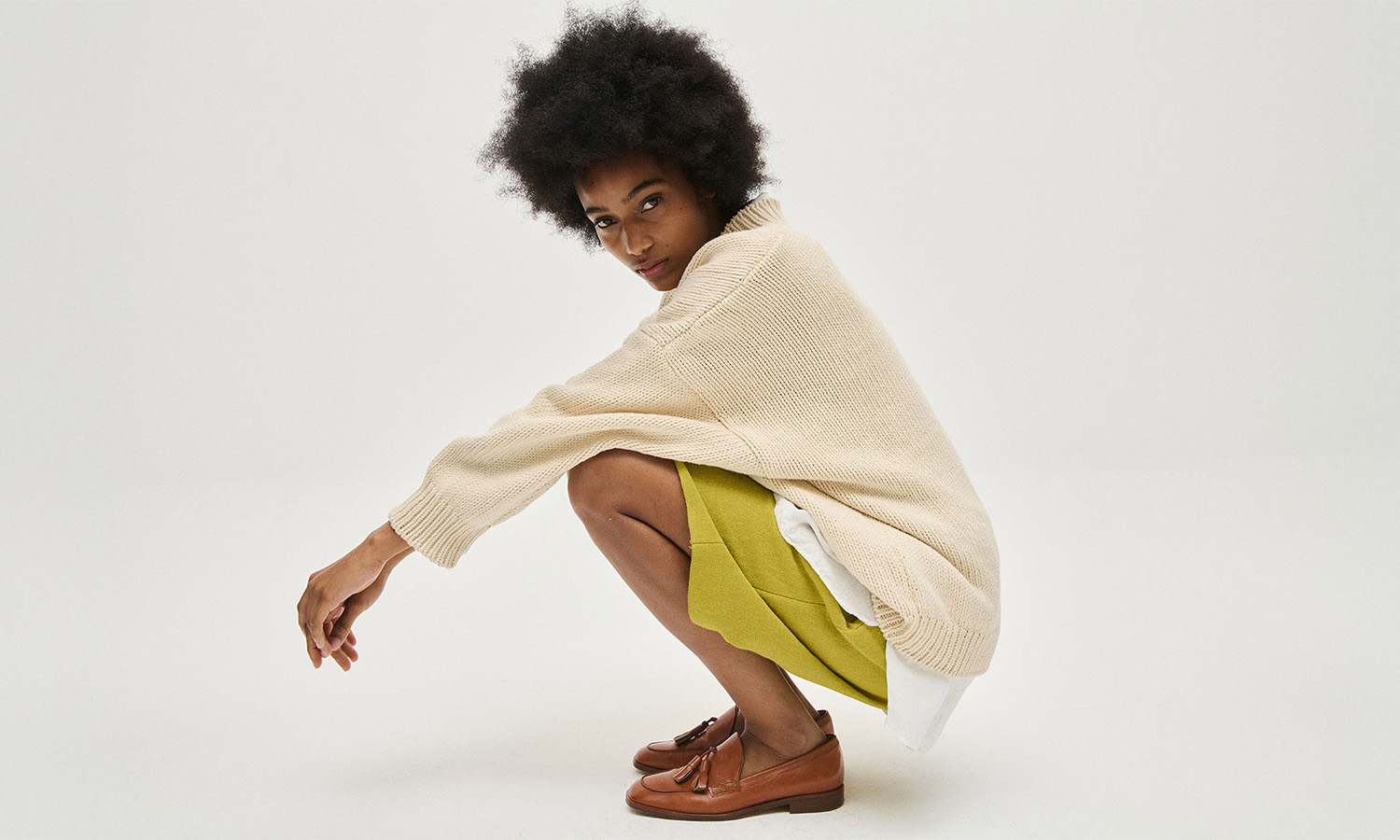
[Image courtesy of babaà, © David Portela]
Clean, Honest Clothing
For most fashion labels, success is defined by numbers, whether in dollar amounts or products distributed. For Marta and babaà, success means complete honesty throughout the entire process, from raw materials to finished garment.
Beginning with the wool sourcing, through to the relationships with producers and workers, all the way to the end product in customers’ hands, Marta has always aimed for 100% transparency – right down to the welfare of the sheep who make her wool. That’s why she uses wool sustainably harvested from happy sheep in Northern Spain.
“We adhere to a method called ‘transhumance’, which is a type of pastoralism comprising the seasonal movement of livestock between fixed summer and winter pastures,” she says. Not only is this practice better for the environment and the maintenance of alpine areas, but it also ensures that the sheep spend the majority of their lives outdoors, while remaining protected from harsh climate changes.
It also guarantees a much higher yarn quality, which babaà produces in-house. “Creating our own yarn takes a lot of work,” Marta admits, “but it also allows us to control the production process from the sheep to the final stitch. We know everyone involved on a personal level, and are able to provide our customers with full transparency.”
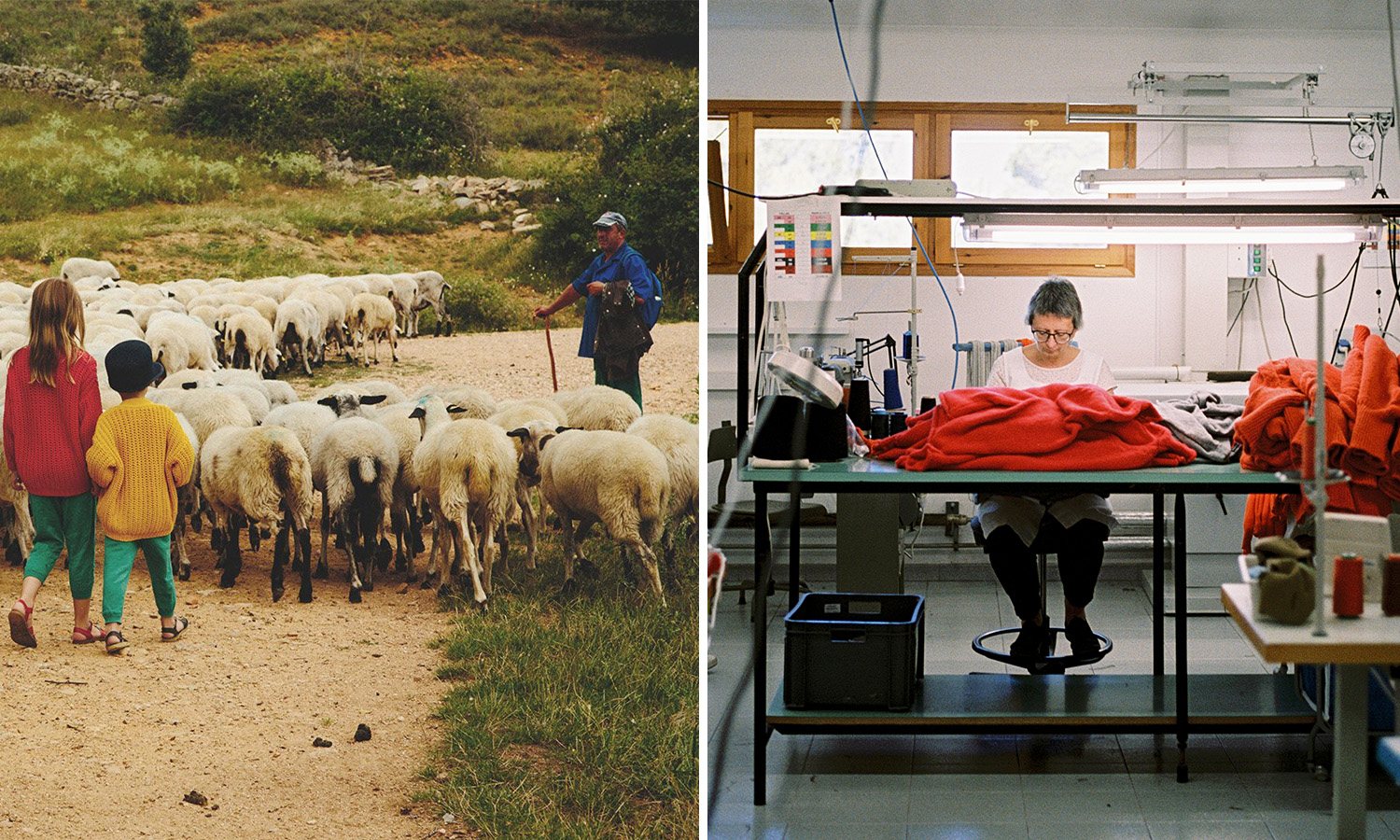
[Images courtesy of babaà]
For their cotton, babaà look locally to Southern Spain, strictly following EU environmental regulations to avoid water waste and excessive use of pesticides. While the reliance on non-standardised products requires a lot more work, it’s something the brand’s artisans are happy to do. “We love seeing firsthand that there is no plastic involved in the process, and that the seeds are re-used in the following harvest,” Marta says. “And the fact that the local (undyed) cotton is quite robust and not easy to work with, makes it more special.”
Along with natural fabrics and clean processes, the company leans on Spanish artisans for their craftsmanship, many of whom employ techniques passed down for generations – further entwining the local nature and culture into every babaà garment, and ultimately connecting the final wearer with them, too.
Colour Concepts
For a brand whose main goal is to create pieces that will stand the test of time and weather the trendy whims of fashion, colour plays an important role in the design process. Marta takes this aspect very seriously, looking for inspiration in places that one might consider aptly timeless: “The Spanish landscape and the paintings at the Prado Museum are my biggest inspirations in every knit and colour I create.” Once she has a particular colour in mind, Marta goes to the brand’s colour lab in Coruña to see which hues will work best with each design.
“I just create colours I love, and when I have the designs in the natural colour of the cotton, I just know what is best for what shape,” she says, adding: “I’m not always right, but there’s no wrong there. Maybe I’ll miss a bestseller, but I prefer to go with my gut.”
From ‘winterskies’ to ‘dark mist’, ‘summer flame’ and ‘chicory root’, the colour picking and naming process is as significant as the fibre sourcing or the knitwork, Marta notes. “We take our time, as we believe that colour is a language unto itself.”
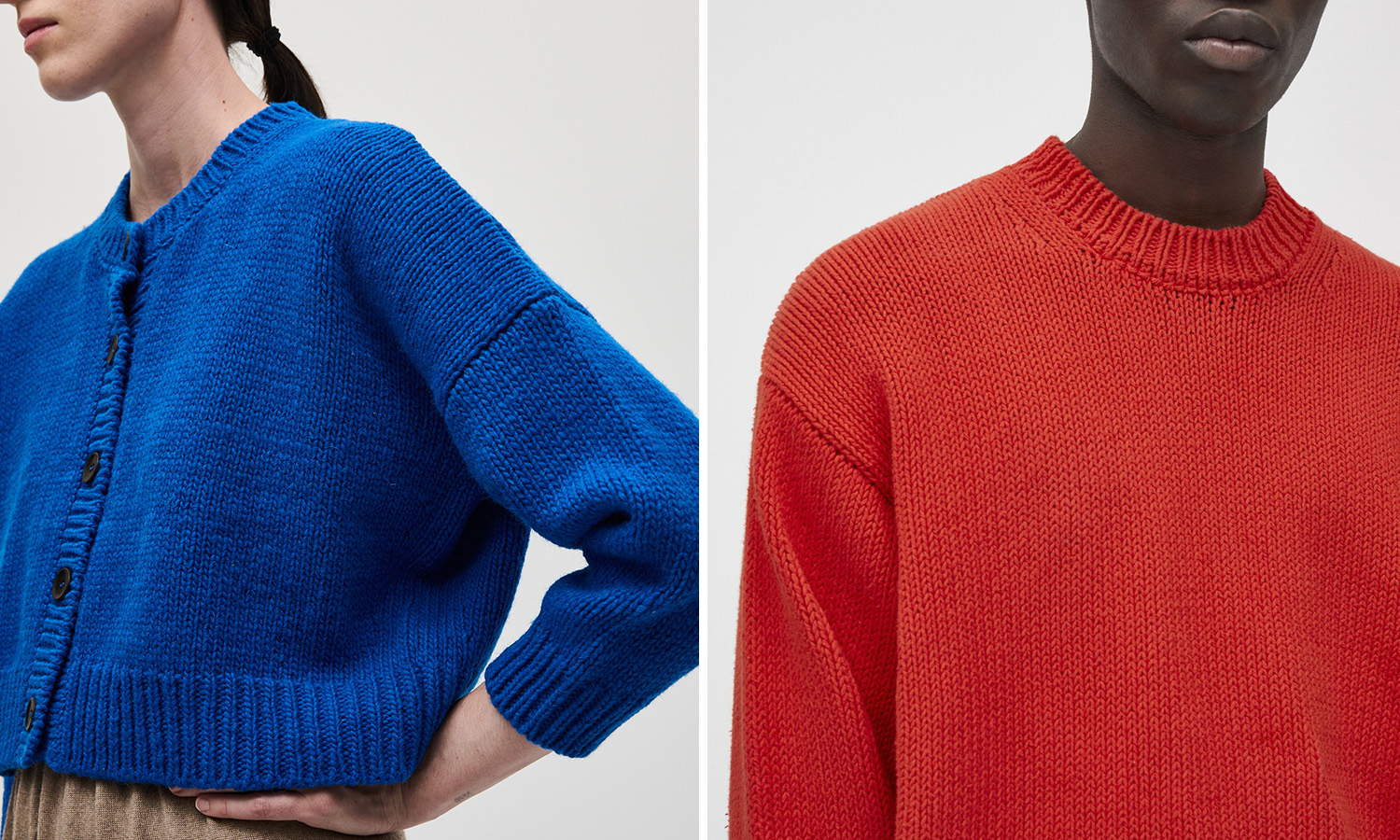
Forever Knitwear
Followers of the brand often highlight the softness and warmth of the fabrics, the voluminous yet flattering shape of the styles, the practical one-size-fits-all approach, and the surprisingly low cost per wear; babaà knits are far from cheap, but their durability and versatility make the case for their affordability. Wearers also delight in the pleasant rawness of the brand’s garments, from jumpers and cardigans to trousers and vests, that also gives the brand its meaning. It’s everything Marta set out to create: “I want [customers] to feel held and cared for. It is a caring feeling of connection. I want everyone to feel the honesty and to be certain that we care as much as they care.”
The signature oversized silhouettes, a point of obsession among the brand’s fans, makes the pieces even more wearable year after year. In the children’s collections, that extra volume offers freedom of movement and extended wearability at a time when they’re constantly outgrowing everything, while the thickness of the knits makes them more resistant to the kinds of wear and tear only a kid can manage. For adults, the one-size-fits-all approach indirectly celebrates all bodies, no matter how loosely or snugly the garment fits, and underscores the fact that a babaà piece can dress not just one, but multiple generations.
View this post on Instagram
View this post on Instagram
And the future of babaà? When it comes to that, Marta is as refreshingly relaxed as her oversized cardigans: “I just hope I can stay in business and be relevant, always without the ‘nonsense’, regardless of whatever ‘nonsense’ the fashion industry seems to be demanding at the time – showing that a business like ours is possible in this industry, and inspiring others to aim for honest practices.”
Shop Our Favourites
Cardigan Man No16
Jumper Kids No17
Jumper No17
Jumper No11
Trousers No35
Vest No73
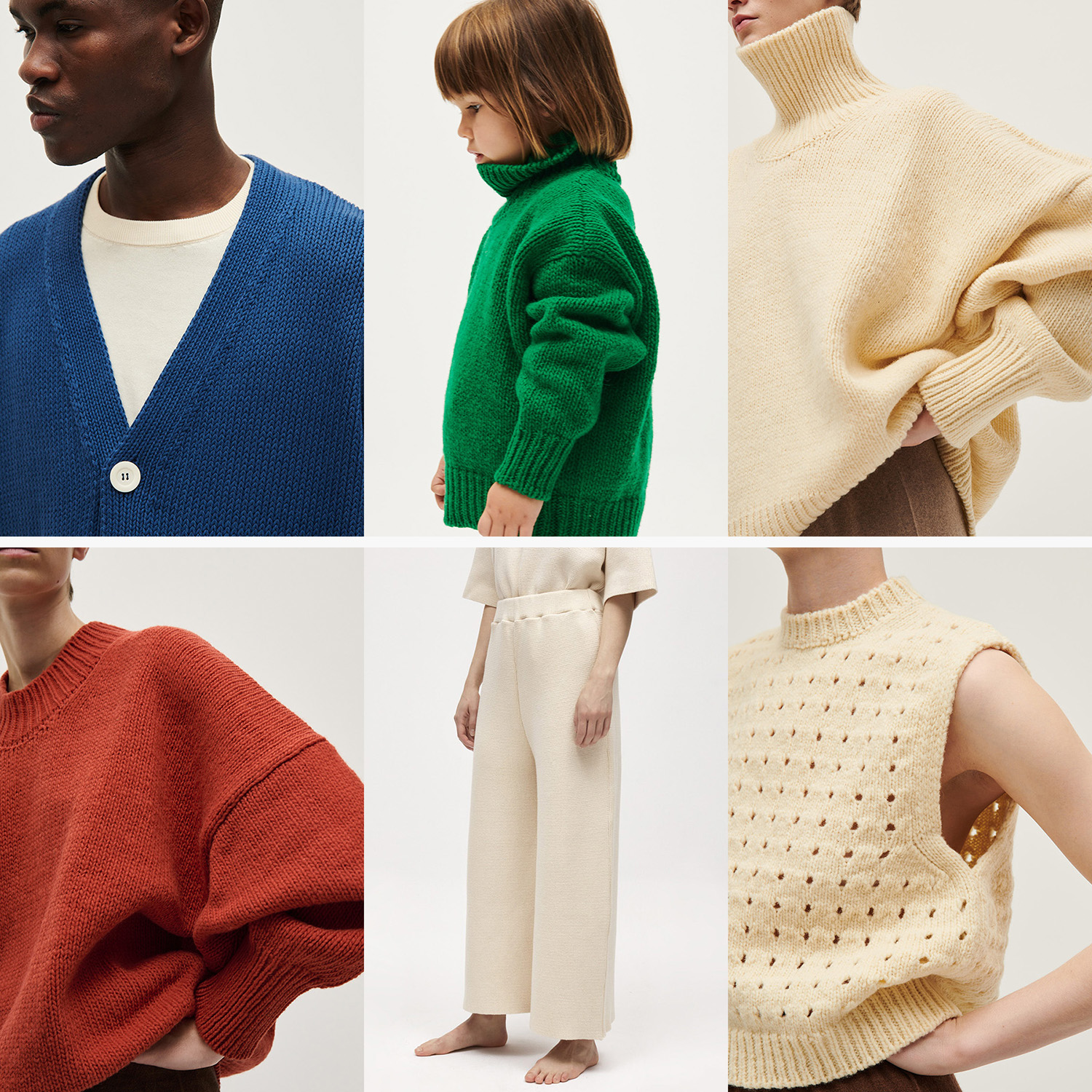
#babaàcare Tips: For your wool pieces to maintain their heirloom status, Marta suggests washing them either by hand or on your washing machine’s ‘wool’ or ‘eco cotton’ programme, depending on the material, with cold water. After washing, never hang them, but always lay flat on a drying rack. For proper storage, fold them neatly – never hang them, as this will stretch the fabric. Pro Tip: Keep your knitwear in airtight bags when not in use over long periods of time, and add cotton balls sprayed with lavender essence to ward off moths.
Discover more of Marta’s story and the brand’s practices at babaa.es and follow their journey on Instagram.
[Header image courtesy of babaà, © Agata Pospieszynska]

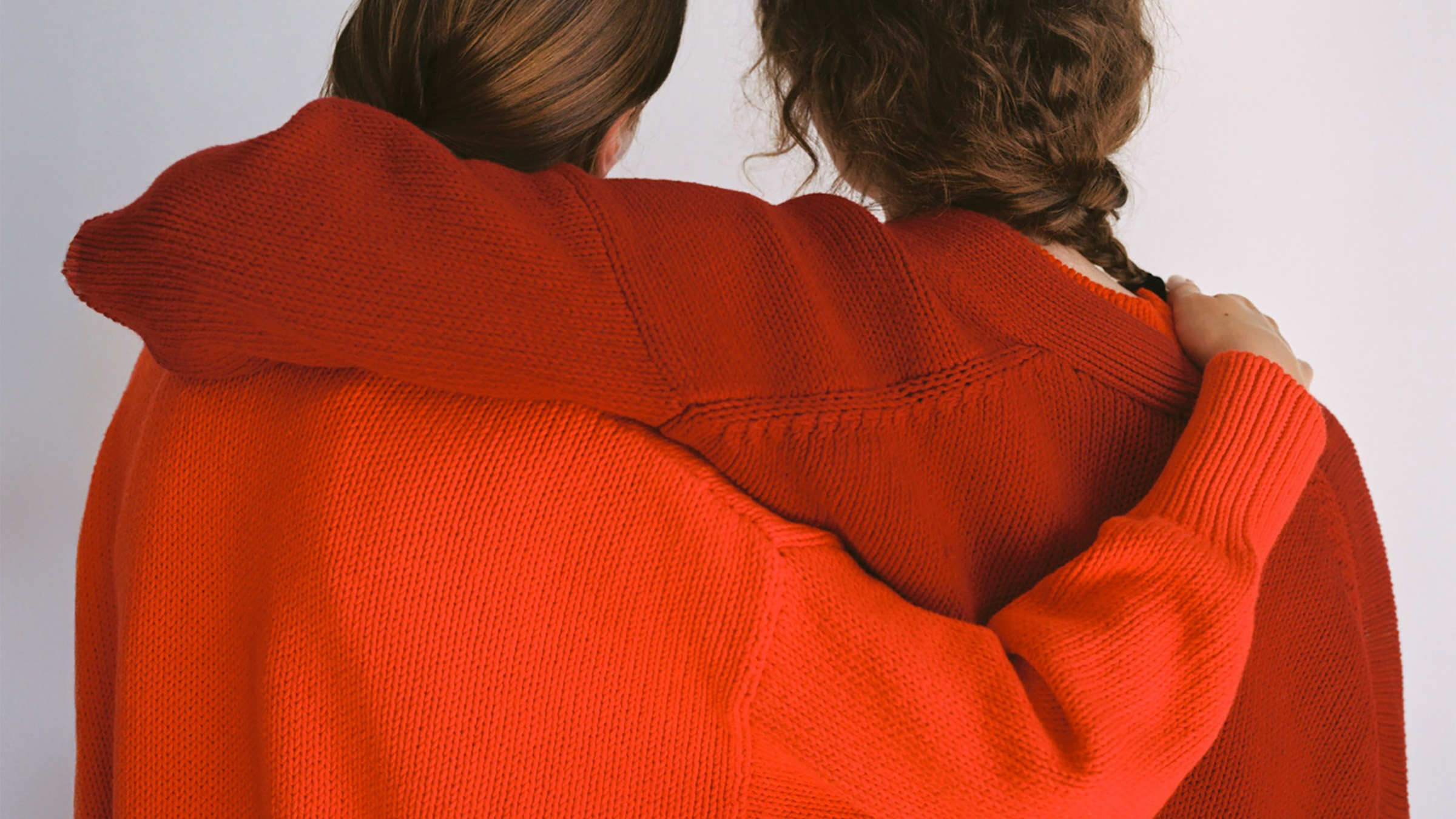

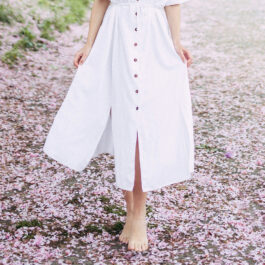
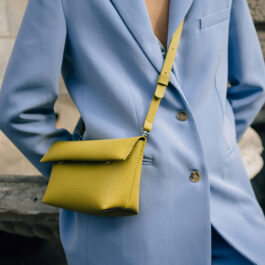
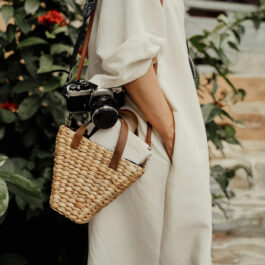


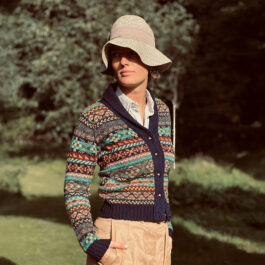
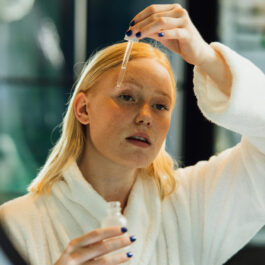

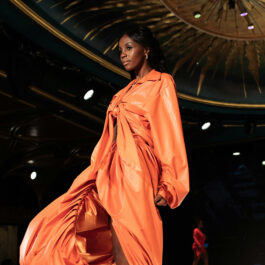
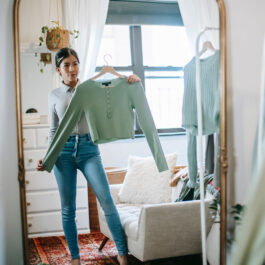
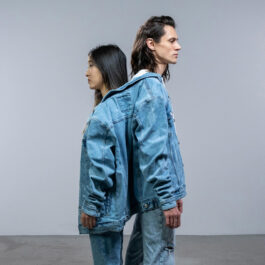
Sorry, the comment form is closed at this time.